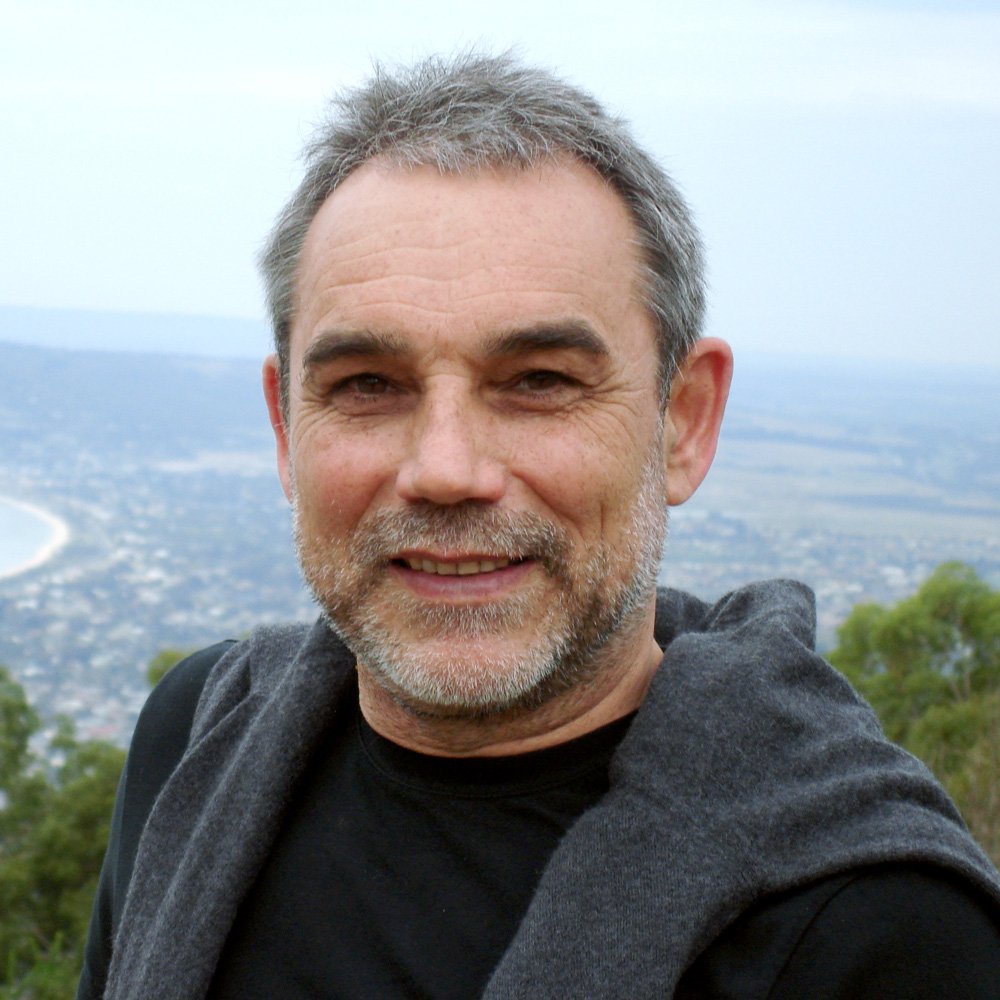Injuries: Achilles Tendinitis – What Is The Problem?
Achilles Tendinitis, a common injury for lots of people, especially runners. It deprives them not only of pleasure of running, but also influences their entire daily experience. They spend a lot of money, time and effort to “cure” themselves from this painful injury to be able to continue doing what they love, i.e. running, but in many cases traditional medicine and approach completely fail them. And even in cases where a temporary relief is experienced, it is short-lived and the injury rears its ugly face again and again. A surgery, that is quite costly and comes with many promises but no guarantees, is also usually a futile attempt.
Cause
Feel free to google what’s considered the standard list of causes – running, walking, excessive exercising, etc. But let’s look the truth in the eye. Is it really WHAT we do that is at the root of the issue? Or how much of the activity that we do that we blame for overloading? Sure, there is something to be said about being overly enthusiastic and doing too much too soon without adequate preparation, but what about cases when seasoned runners, well prepared and adequately strong athletes sustain this injury? We need to be honest with ourselves – it is HOW we do it that causes us to get injured.
In my opinion, the main reason of Achilles tendon overloading is either initial absence of or gradual deterioration of coordination of movement when running. This leads to destruction of neuromuscular coordination and then to overloading of muscles and tendons.
Injury Prevention with the Pose Method
A comprehensive look at the most common running injuries. This series breaks down the causes and types of pain along with treatment options for a fast recovery.
And as the cause so is the solution.
Solution
Without disputing the efficiency of any approach to solving the Achilles tendinitis problem, I want to make it clear that it’ll never be really solved unless we address the main cause of the problem – the skill of movement, the skill of running, the running technique i.e. how we run.
I did a lot of field work in running for many years and achieved good results just by changing the way my students run. Mainly, by eliminating the idea of pushing off. This approach is supported by studies as well, however many who coach running to others are not aware of such advances in science, and to top that of, people that like to run, treat running as something that does not require skill development, but only speed and endurance. Yet, how can we get faster and better if the skill is lacking?
So the solution is simple, but the implementation and use might take a bit of getting used to. There is no push off action by the leg during support time, but only rebounding from the ground, based on elastic component of muscles’ work. In Pose Method this understanding was the cornerstone of running technique development. No push off, no concentric muscle work, just a pull of the support foot from the ground, which fully integrates muscle coordination and takes off the load off the Achilles Tendon.
The solution to this problem, from the Pose Method point of view, lies in learning to run proper, through adoption of specific philosophy, concepts and drills to perform the specific action of pulling the foot from the ground and on time, after all, timing is everything.
Running Technique
Technique work is present in every athletic activity except for running. So you simply need to accept the fact that in order to run or to run better and without common injuries you need to work on your technique. To think any other way is simply unwise.
Pose Running Drills
You can find specific drills for pulling action in the book “The Pose Method of Running”, chapter 24, pp.123-130. You also need to strengthen your hamstring for this matter (“Hamstring and Hips Exercises” book, pp.10, ex.# 1,2,3,4,5,7,8,9,10,11,12). In order to unload your feet you need to develop strong muscles in the hips area. I would highly recommend specific exercises for this from the same “Hamstring and Hips Exercises” book, pp.19-26, #1 to 24 in progression.
Here are a couple of drills that you will find useful and could get started with.
The Pony
Stand in the Running Pose, both knees slightly bent, the ankle of the non-support foot slightly elevated. Simultaneously lift the ankle of the support foot while allowing your body weight to shift to the opposite leg, which is relaxed and falling. Sounds simple, doesn’t it. It is, but you have to focus on the following sensations in order to it properly:
- Initiate every movement by lifting the support leg, not by pushing down on the non-support leg;
- Lift the support ankle vertically, with neither forward or backward direction;
- Shift your weight without inducing any muscular tension;
- Allow the non-support leg to fall.
Foot Tapping
This drill emphasizes vertical leg action (Fig. 24.5). Many people think of “running” as an action that begins with lifting the knees and then driving forward. In fact, that’s the last thing you want to do. Lifting the knees put tension on the quadriceps and takes you completely out of the Running Pose. Instead, you want to lift the ankle, vertically, so that the ankle, hip, shoulder and head remain in a straight line. So instead of lifting the knee, you want to lift the ankle. This prevents your foot from getting out in front of the body and allows the leg to bend quickly with minimal muscular force.
Conclusion
The good news here is that unless the pain is severe you can continue running as long as you remember that you should stop immediately when you feel that your running technique deteriorates. As long as you run proper, your pain will be gradually reducing. This system never failed me during my long work in the running field.




Leave a Reply
Want to join the discussion?Feel free to contribute!